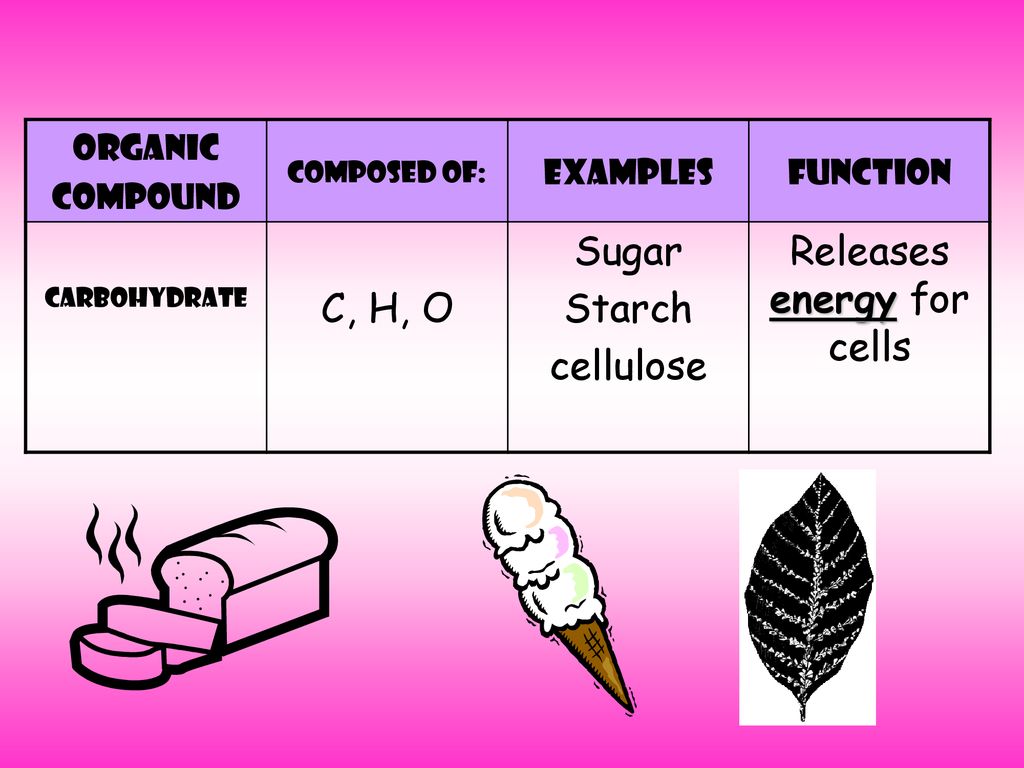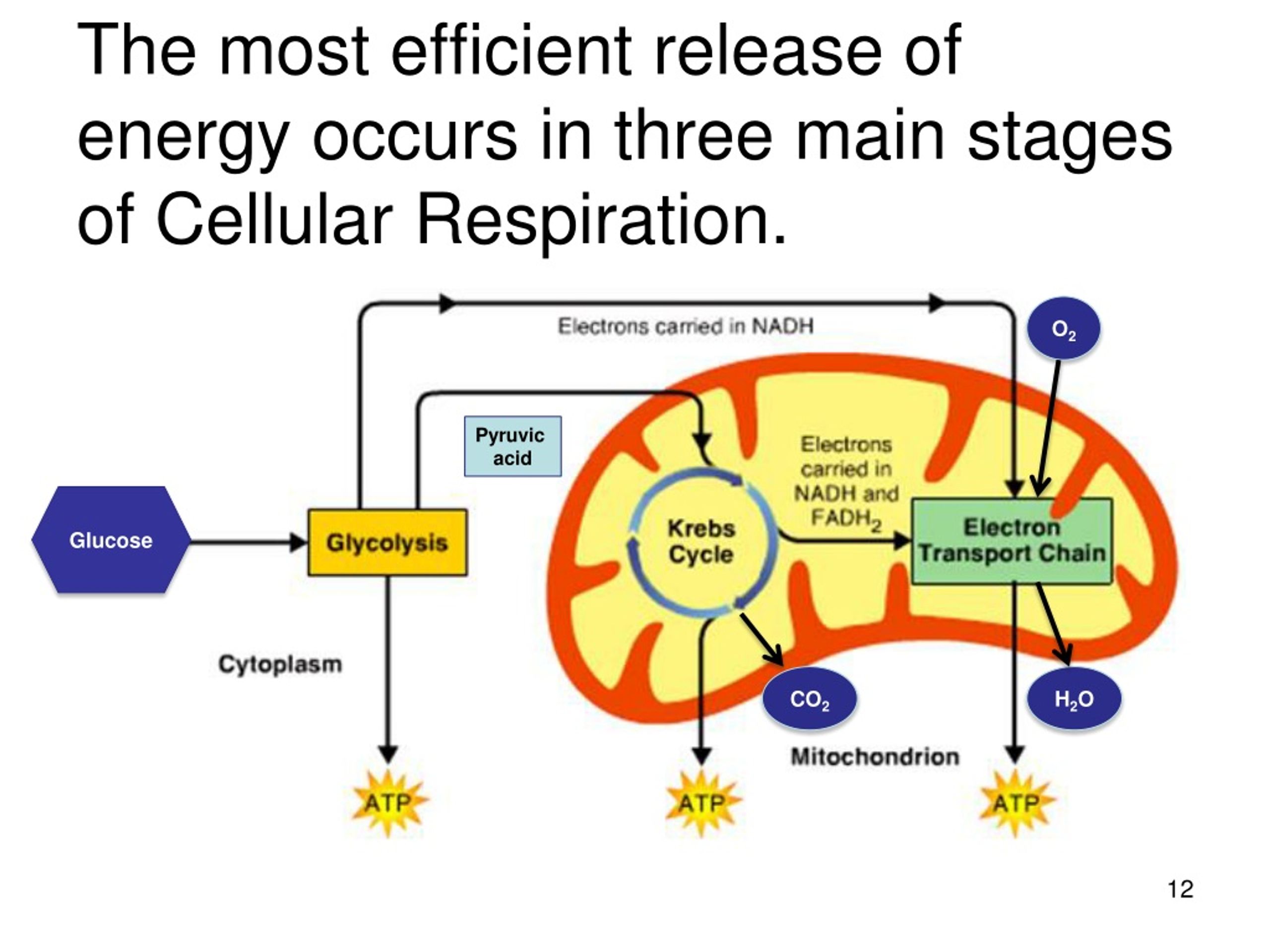Compound Used By Cells To Store And Release Energy
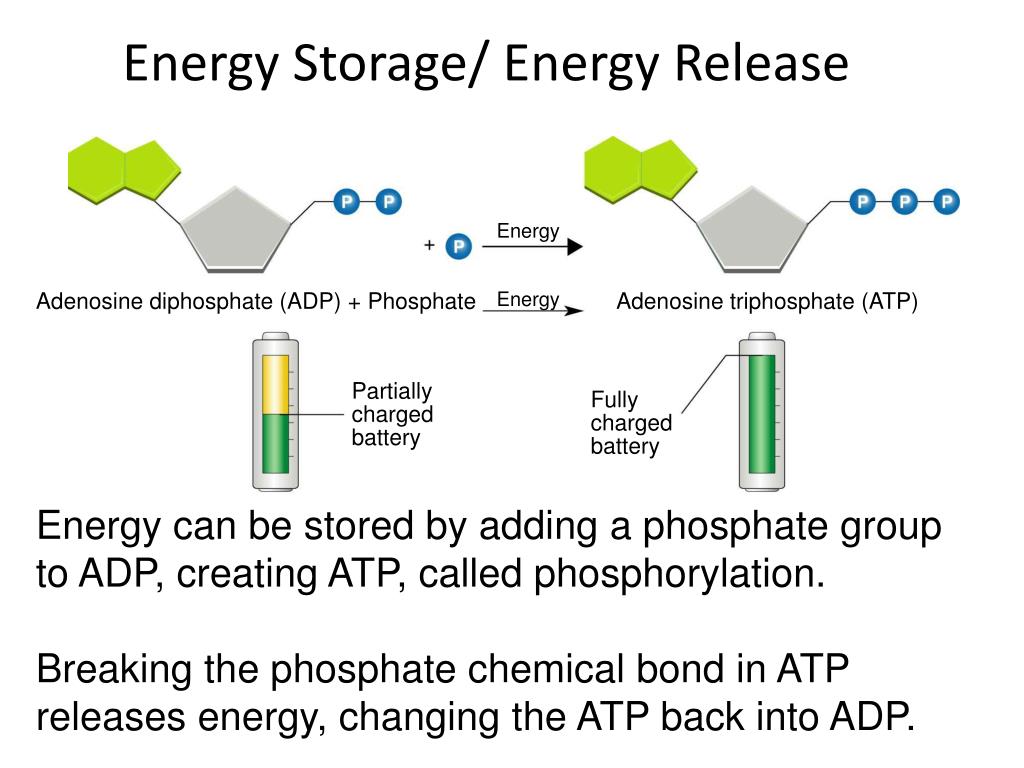
Imagine a bustling city, lights twinkling, cars humming, and buildings alive with activity. Now, picture a microscopic version of that city within each of your cells, a flurry of constant motion and energy exchange. At the heart of this cellular metropolis lies a remarkable molecule, a tiny powerhouse responsible for fueling nearly every process that keeps us alive: Adenosine Triphosphate, or as it's commonly known, ATP.
This article delves into the fascinating world of ATP, the essential energy currency of life. We’ll explore its structure, how it works, and why understanding it is crucial for comprehending the very essence of biological function. Prepare to embark on a journey into the intricate machinery that powers everything from the blink of an eye to the beating of your heart.
The Energy Currency: A Closer Look at ATP
ATP is a complex organic chemical that provides energy to drive many processes in living cells. It is present in all known forms of life and is often referred to as the "molecular unit of currency" of intracellular energy transfer. Essentially, it's the fuel that powers our bodies at the cellular level.
But what exactly is ATP made of? It comprises three main components: adenine (a nitrogenous base), ribose (a five-carbon sugar), and a chain of three phosphate groups. These phosphate groups are the key to ATP's energy-storing capabilities.
The Power is in the Phosphates
The bonds between the phosphate groups are high-energy bonds. When one of these bonds is broken, releasing a phosphate group (a process called hydrolysis), energy is released that the cell can use to perform work. This transformation converts ATP into Adenosine Diphosphate (ADP).
Think of it like this: ATP is a fully charged battery, and ADP is a partially discharged one. The cell can then recharge ADP back into ATP using energy derived from food or sunlight, completing the energy cycle.
How ATP Powers Cellular Processes
ATP's role extends to a vast array of cellular functions. It's not just about general energy provision; ATP is specifically involved in powering numerous specialized tasks.
Consider muscle contraction. The protein filaments in muscle cells slide past each other, causing muscles to shorten and generate force. This movement is directly powered by the hydrolysis of ATP.
Nerve impulses, the electrical signals that allow us to think, feel, and react, also rely on ATP. Maintaining the proper balance of ions across nerve cell membranes requires ATP-dependent pumps. Without ATP, our nervous system would grind to a halt.
Active transport, the process of moving molecules across cell membranes against their concentration gradient, is another ATP-dependent process. This is crucial for nutrient uptake and waste removal.
Furthermore, ATP is essential for synthesizing macromolecules like proteins and DNA. These building blocks of life require energy for their assembly, and ATP provides that energy. ATP participates in the synthesis of RNA, which is essential for protein synthesis.
The Constant Cycle: ATP Regeneration
Cells don't have a large reservoir of ATP. Instead, they constantly regenerate it through various metabolic pathways. This is why the cycle of ATP to ADP and back again is so crucial.
The primary mechanisms for ATP regeneration are cellular respiration (in animals and many other organisms) and photosynthesis (in plants). Cellular respiration breaks down glucose and other organic molecules to release energy, which is then used to recharge ADP back into ATP.
Photosynthesis, conversely, uses sunlight to convert carbon dioxide and water into glucose, simultaneously generating ATP and other energy-rich molecules.
In fact, it is estimated that the human body turns over its own weight in ATP every day! This highlights the incredible dynamism and efficiency of cellular energy management.
The Significance of ATP Research
Understanding ATP and its role in cellular processes is fundamental to many areas of scientific research. Its importance extends from basic biology to medicine and beyond.
For example, researchers are exploring how manipulating ATP levels might be used to treat diseases. Cancer cells often have altered ATP metabolism, making this a potential target for new therapies.
Neurodegenerative diseases like Alzheimer's and Parkinson's are also linked to impaired ATP production in brain cells. By understanding these mechanisms, scientists hope to develop strategies to protect neurons and slow disease progression.
Furthermore, ATP plays a crucial role in understanding the pathophysiology of diseases like mitochondrial dysfunction. These conditions affect the cell's ability to produce ATP, leading to a range of health problems.
Pharmaceutical companies are actively researching drugs that can modulate ATP production or utilization to address a variety of conditions. The knowledge surrounding ATP has opened up new avenues for intervention and treatment.
Looking Ahead: The Future of ATP Research
The study of ATP is far from over. As technology advances, new insights into its complex interactions within the cell are constantly being revealed.
One promising area of research is the development of more sensitive tools for measuring ATP levels in living cells. This would allow scientists to observe the real-time dynamics of energy metabolism in greater detail. Biosensors are being developed to monitor ATP in real-time.
Another exciting avenue is the investigation of ATP's role in cell signaling. ATP is not only an energy source but also a signaling molecule that can influence cell behavior. Its extra-cellular signaling functions provide insight into understanding inflammation and immune response.
By continuing to unravel the mysteries of ATP, we can gain a deeper understanding of the fundamental processes that sustain life and develop new strategies for preventing and treating diseases. Further research can explain the ageing process and how ATP production affects it.
In conclusion, ATP, this seemingly simple molecule, is the cornerstone of life's energy economy. Its discovery and ongoing study have revolutionized our understanding of biology and hold immense promise for the future of medicine. As we continue to explore its intricacies, we are sure to uncover even more remarkable insights into the workings of the cellular world, and perhaps even unlock the secrets to a healthier and longer life. It's a reminder that even the smallest things can have the biggest impact.
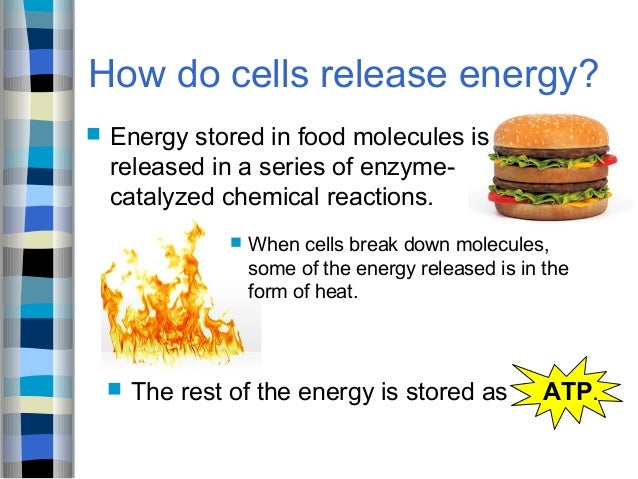

![Compound Used By Cells To Store And Release Energy [LS2-3] Energy and Matter Cycles | Biology Dictionary](https://biologydictionary.net/wp-content/uploads/2020/04/Photosynthesis-and-Cellular-Respiration.jpg)
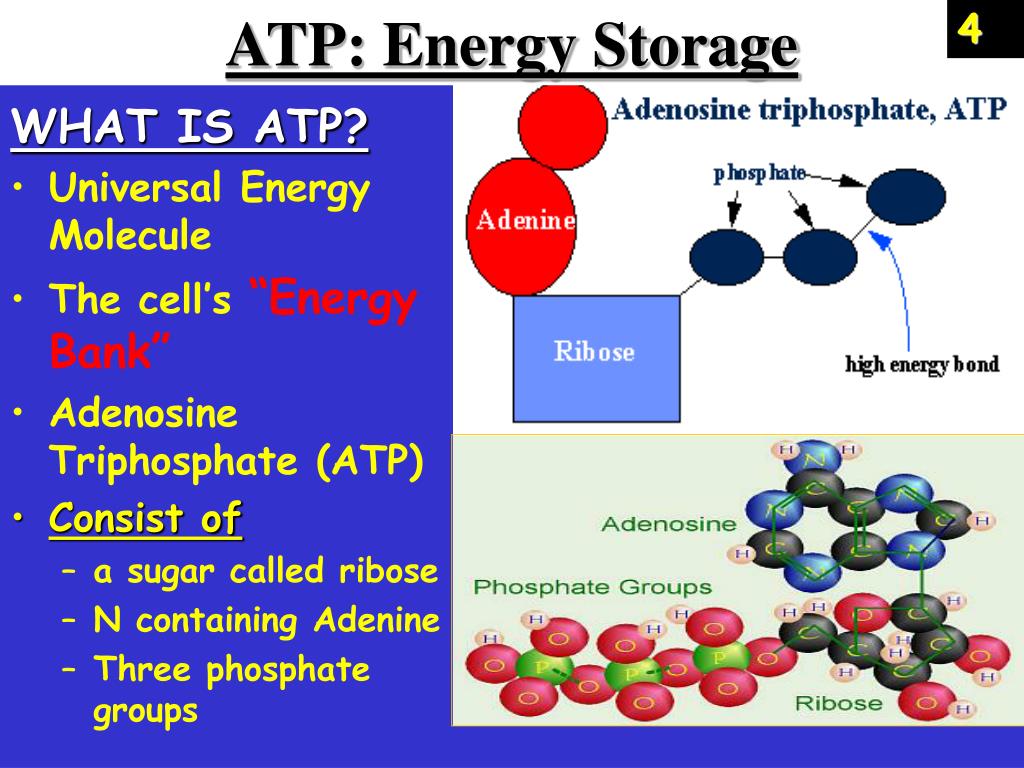
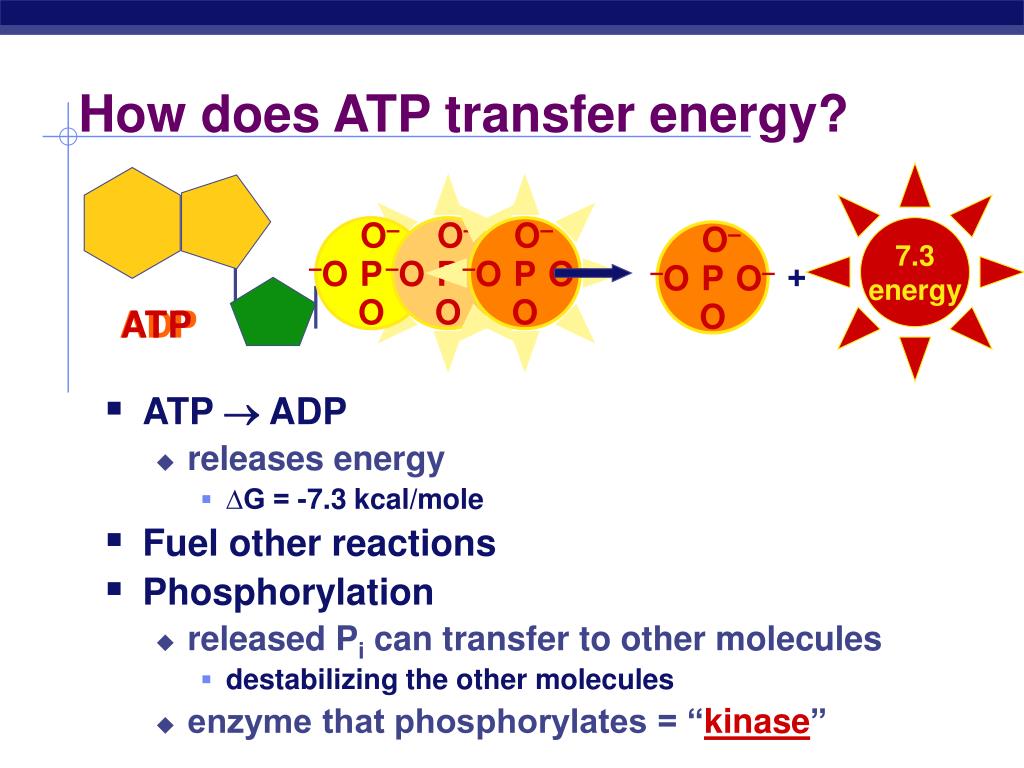
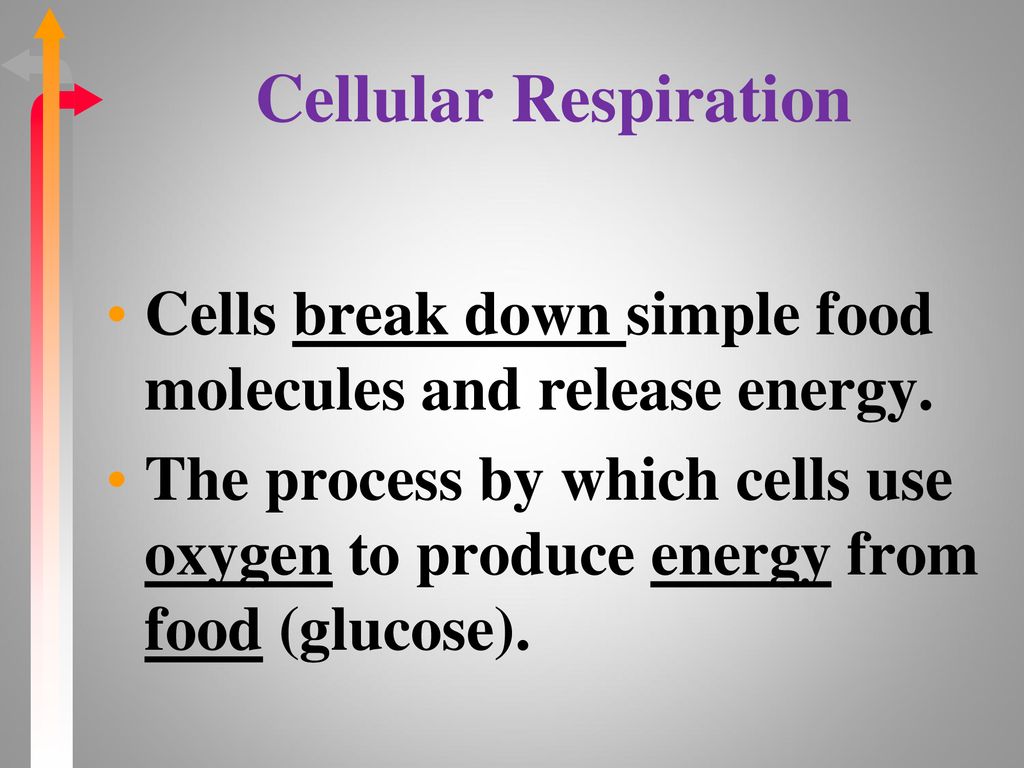
.jpg)


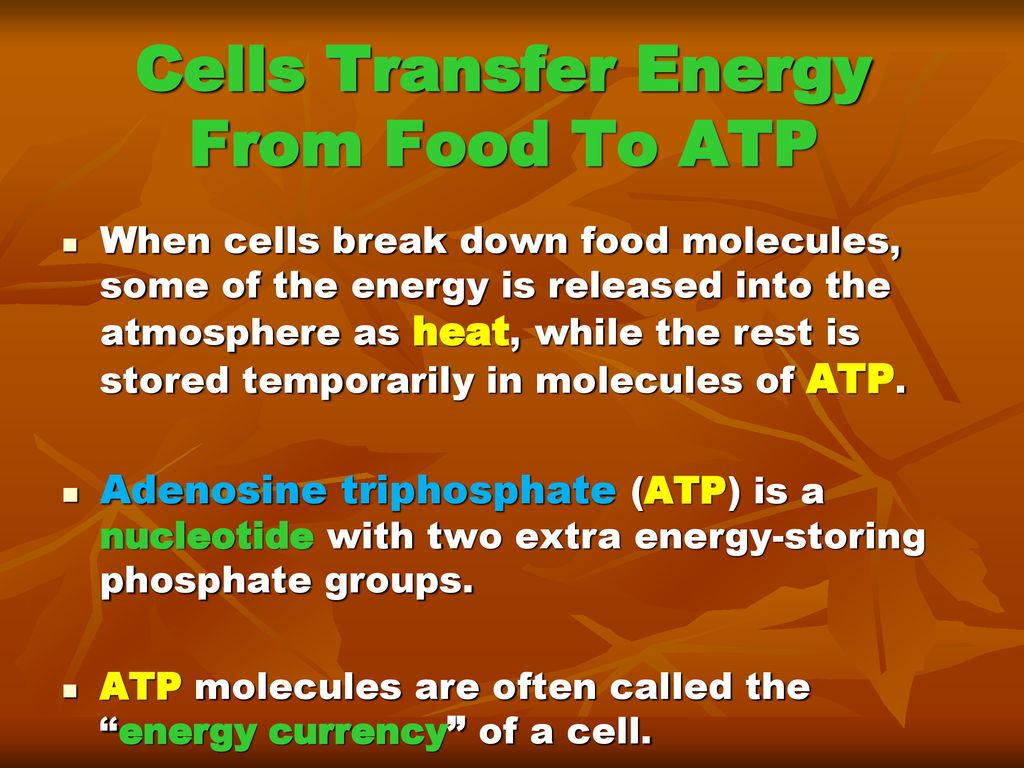
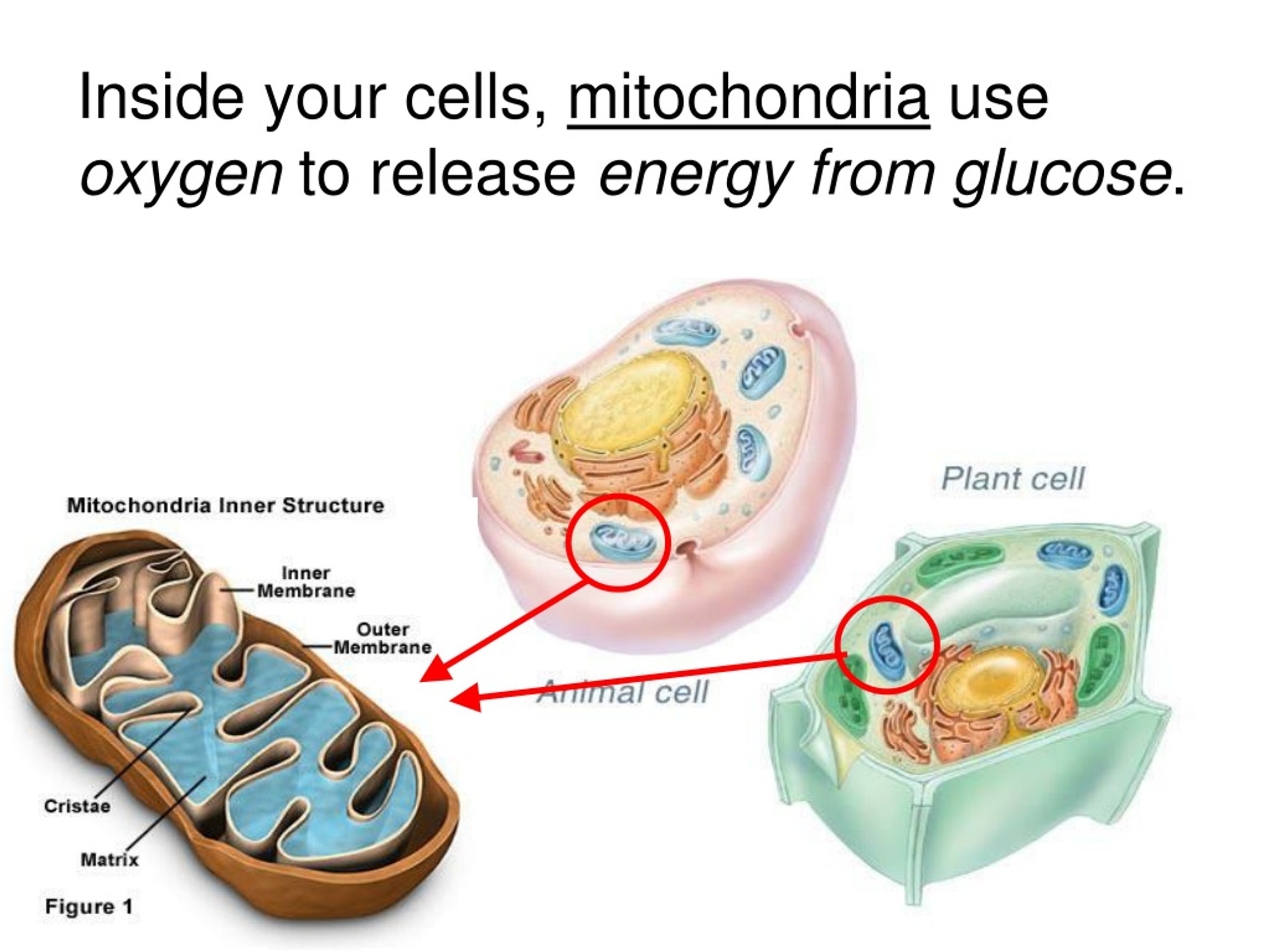
.PNG)

